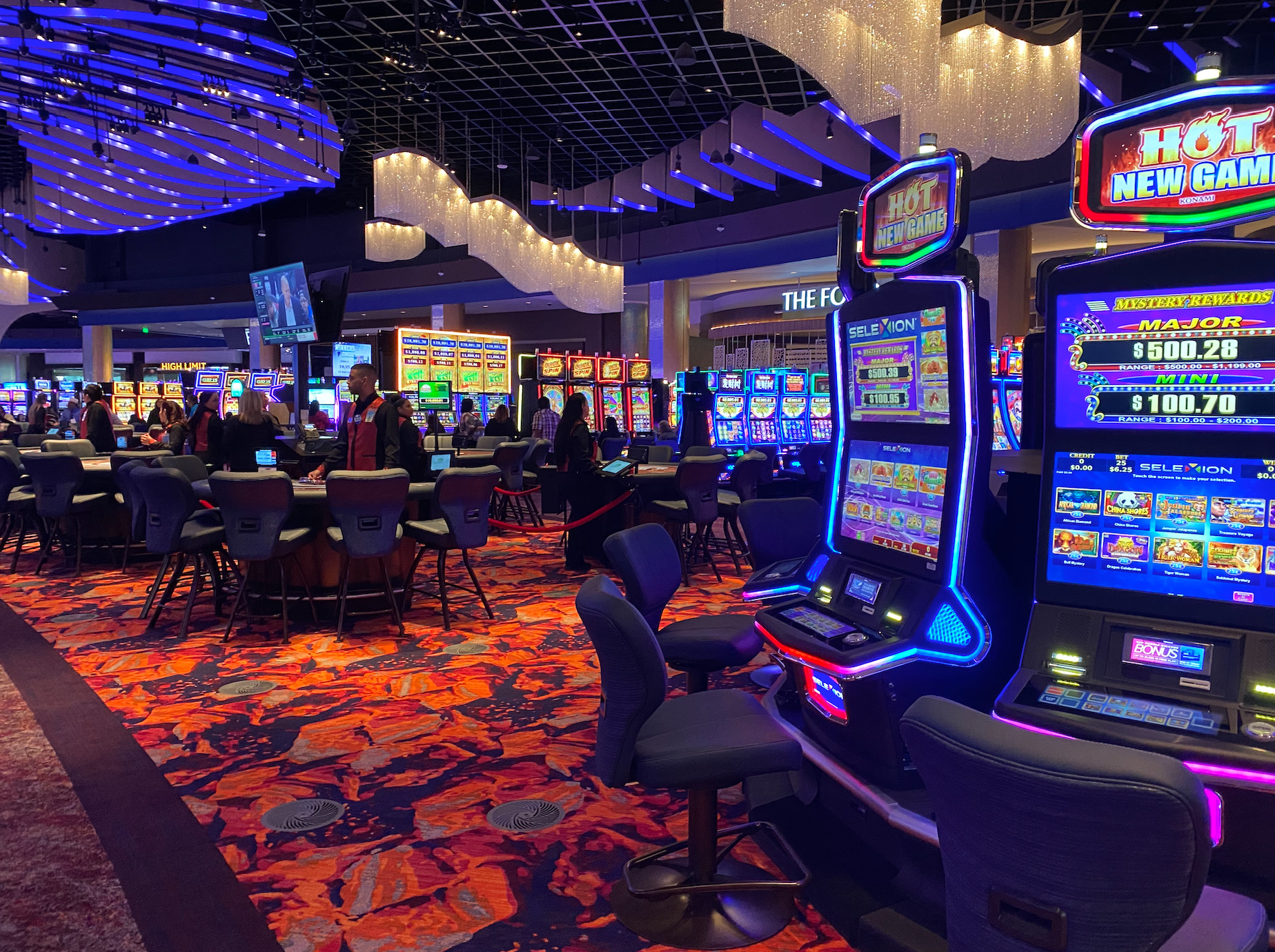
Gambling games have long been a fascinating source of amusement, drawing numerous of players from diverse cultures around the globe. From the lively casinos of Vegas to the bustling gambling halls of Macau, these games serve as a common thread that brings together people across various backgrounds. The allure of chance, skill, and uncertainty entices not only those hoping to strike it rich but also those looking for a shared experience.
The influence of casino games extends significantly past the gaming floor. They often embody the cultural standards and traditions of the communities in which they thrive. Games such as Texas hold ’em, blackjack, and the wheel game have woven themselves into the fabric of mainstream culture, influencing various aspects from cinema to style. As we explore this captivating intersection of luck and life, we can comprehend better how casino games shape and are influenced by the surrounding world.
Historical Evolution of Casino Activities
The beginnings of gaming activities can be traced back to old cultures, where gambling in different forms was extensively engaged in. In China, around 2300 B.C., a variant of gambling known as Keno was common, while in old the Roman Empire, soldiers would frequently gamble on the outcomes of their games. The concept of using chance for amusement and profit progressed over the ages, leading to the creation of more organized activities. By the final Middle Ages, betting houses began to emerge in European nations, notably in the Italian peninsula, which presented early versions of well-liked games still enjoyed today.
As betting expanded fame in European regions, the 17th and 18th centuries saw the emergence of gambling establishments as specialized locations for gambling. The earliest official gaming venue, the Ridotto, was set up in Venice in the year 1638, featuring games like Baccarat and Faro games. This period marked a significant pivoting point, as casinos commenced to welcome not just the high society but also the burgeoning middle-tier society. The refinement of games grew, leading to the creation of new rules and versions that improved the play experience. Bj88
In the 19th century, the era of industrialization and changes in social norms further changed the environment of gambling activities. The introduction of roulette and modern slot machines attracted a broader audience, and casinos became seen as acceptable fun. This period witnessed the international spread of casino activities, as gambling houses spread from Europe to the Western Hemisphere, culminating in the creation of the legendary Strip of Las Vegas in the 20th century. The progress of casino activities has continued into the modern era, including modern technology and digital services, making them available to a worldwide audience.
### Cultural Importance across Various Communities
Casino games have deep-rooted cultural value within numerous societies throughout the world. Places like Las Vegas, the very fabric of the city is woven around gaming venues, where playing is not just a hobby but a fundamental aspect of social engagement and social interaction. Bj88 The bright lights and dynamic atmosphere attract a vast audience, showcasing how gambling activities can impact local financial landscapes and local cultures. This surrounding transforms the notion of recreation into an immersive event that affects apparel, melodies, and even movies.
In contrast, some societies treat gambling with an air of caution, considering it through the lens of morality and customs. For example, in various Asian societies, games like Mahjong and Pai Gow Gambling are rich with history and have significant social relevance. These games are often played during gatherings and celebrations, fostering community bonds and reinforcing kinship ties. The act of playing these games goes beyond mere entertainment, reflecting values such as honoring elders and the importance of communal fun.
Meanwhile, in European countries such as Monte Carlo and Italy, gambling activities serve as symbols of opulence and elegance. The stylish atmosphere of these venues attracts both travelers and native inhabitants, reinforcing a sense of status and elitism. The art of poker and the strategic features of games like the game of baccarat are celebrated, shaping interpersonal interactions and cultivating an attraction that enthralls a diverse audience. This underscores how gambling can concurrently reflect and mold cultural attitudes towards danger, reward, and social interaction.
Economic Impact and Travel Industry
Gambling activities play a crucial role in the economic landscape of many regions, particularly those that rely heavily on visitor traffic. The revenue generated from gambling establishments fuels local financial systems, creating employment opportunities not only within the casinos but also but also in related sectors such as hospitality, restaurant services, and recreation. This surge of tourists, drawn by the attraction of games and the overall gaming environment, stimulates spending across multiple businesses, contributing to the economic health of the area.
The existence of casinos often leads to the development of facilities, including hotels, public transit, and recreational facilities. These improvements are essential in enhancing the overall tourist experience, making locations more attractive to visitors. Additionally, many casinos contribute in local communities through sponsorship of activities and philanthropic activities, further integrating themselves into the social fabric of the locality. Such investment not only supports economic growth but also fosters a positive reputation of the casino industry.
Furthermore, the worldwide appeal of casino games drives tourism competition, with locations vying to attract gamblers from around the world. Iconic locations like Las Vegas and Macau have become synonymous with gambling culture, drawing millions annually. This advantage encourages creativity and diversification within the gaming industry, influencing trends in leisure and hospitality that extend beyond their limits. The ripple effects of this visitor influx extend far, impacting local financial health and cultural exchanges on a worldwide scale.